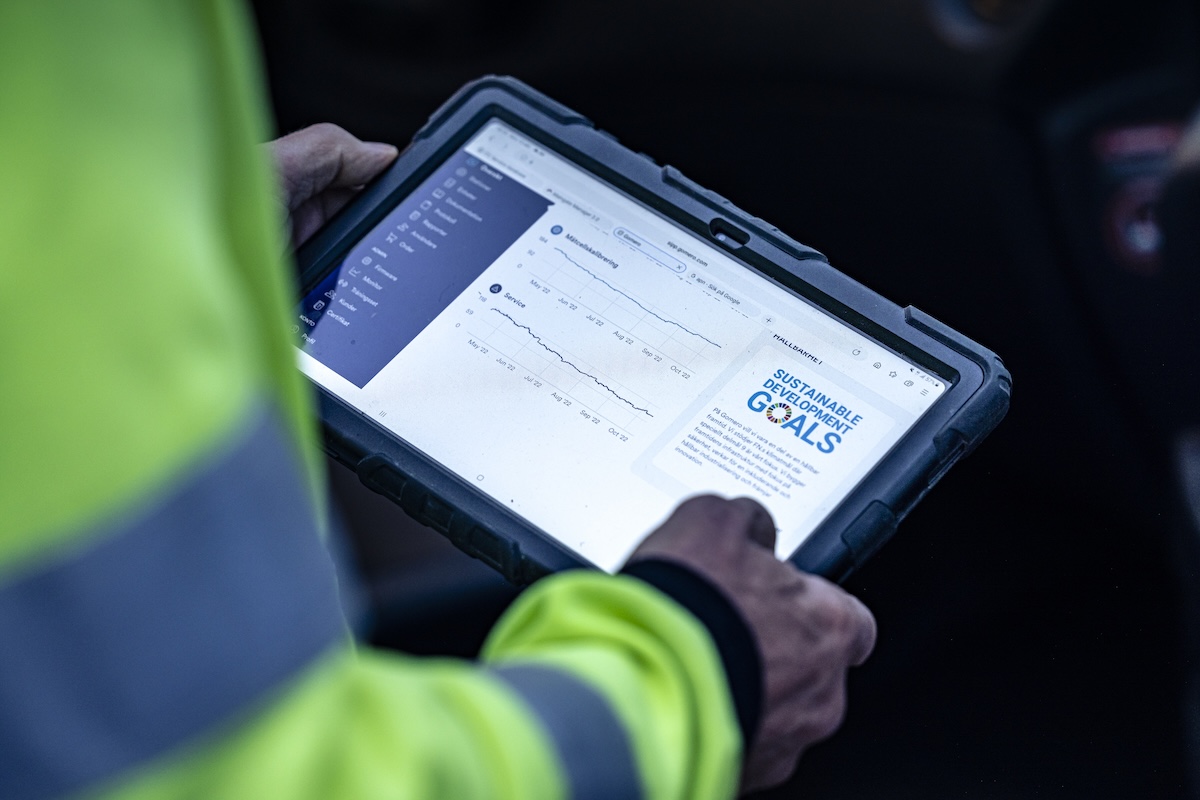When Weather Challenges the Power Grid – Why a Smarter Energy System Is Essential
December 2025
Digitalization projects in the energy sector often begin with great enthusiasm around technical possibilities. Sensors are installed, data starts flowing, dashboards are created, and initial results look promising. But after the initial implementation, a challenge often emerges that is as common as it is important: How do we achieve real utilization of all this data?
Through our work with energy companies worldwide, we have identified a recurring pattern. Technical implementation usually succeeds excellently, but value creation from collected data varies dramatically between different projects and organizations. The difference rarely lies in technical performance, but in how well the organization succeeds in transforming raw data into practical use.
In our collaboration with customers, we at Gomero see that one of the biggest challenges lies in the step after data collection. The information is available, but the path from raw data to usable insights can be complex. Many organizations have built up impressive amounts of historical data but lack the tools or processes to transform this information into practical decisions.
This is a natural part of the digitalization journey. Collecting data is the first step, but creating systematic analysis and accessible visualization requires a different type of expertise and infrastructure. The energy sector's complexity requires both deep technical knowledge of infrastructure and specialist competence in predictive modeling. It is in the meeting between these two knowledge areas that the most successful solutions are developed – making strategic partnerships particularly valuable.
When we developed the SIPP platform, we started from this insight. Instead of focusing solely on data collection, we built a complete solution that includes advanced analysis and intuitive visualization from the first day.
Through our user interface, different roles in the organization – from maintenance technicians to financial managers and management teams – gain access to customized views of the same underlying data. Predictive analyses identify potential problems before they occur, trend analyses visualize development patterns over time, and automated reports deliver relevant information when needed.
This means our customers can begin benefiting from their data immediately, without needing to build up their own analytical capacity parallel to implementation.
In practice, we see that this approach creates faster value for our customers. Maintenance teams can begin using predictive insights to optimize their work schedules. Environmental managers receive concrete data for sustainability and compliance reporting. Management teams can make well-informed investment decisions based on actual asset statuses rather than general assumptions.
But perhaps most importantly – employees don't need to learn to handle additional complex data tools. Information is presented in a way that is relevant to their specific role and integrates naturally into existing work processes.

Our experience from implementations across nine markets has also taught us the importance of thinking long-term. Organizations grow, needs evolve, and technical systems need to be able to adapt. That's why we built the SIPP platform to be flexible and scalable.
When a customer is ready to take the next step toward deeper integration with existing systems, the infrastructure is already in place. Data is structured, analysis engines are established, and users are comfortable working with the insights. The SIPP platform also enables moving analyzed data to the customer's own asset management systems, creating a seamless connection between our predictive analysis and the customer's existing operational systems. This makes future development smoother and more cost-effective.
What we have learned is that successful digitalization projects in the energy sector are about creating a complete chain from measurement to action. The organizations that succeed best are those that from the start think about the entire flow: from sensor to analysis to visualization to decision – and finally to concrete action. For many of our customers, this means the possibility to go all the way from identified risk to automatically generated work order, creating an entirely new level of efficiency in maintenance work.
When energy companies now face history's greatest transformation – from reactive to predictive maintenance, from manual to automated processes – this holistic view becomes crucial. It's no longer enough to simply digitize existing processes. It's about creating new ways of working where data becomes a natural part of daily decision-making.
By starting with the end goal in mind – how will this data actually be used to create value? – organizations can avoid the most common pitfalls and build digitalization projects that truly transform operations.